Search
Search Results
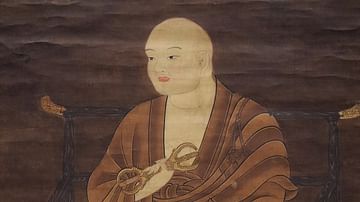
Definition
Kukai
Kukai or Kobo Daishi (774-835 CE) was a scholar, poet, and monk who founded Shingon Buddhism in Japan. The monk became the country's most important Buddhist saint and has been credited with all manner of minor miracles. Noted as a gifted...

Definition
Minamoto Clan
The Minamoto clan was an extended family group which dominated Japanese government and the imperial court in the 12th and 13th centuries CE. The clan famously defeated their arch rivals the Taira in the Genpei War of 1180-1185 CE and included...

Definition
Asuka Period
The Asuka Period (Asuka Jidai) of ancient Japan covers the period from 538 CE to 710 CE and, following on from the Kofun Period (c. 250-538 CE), so constitutes the latter part of the Yamato Period (c. 250-710 CE). For some scholars the period...
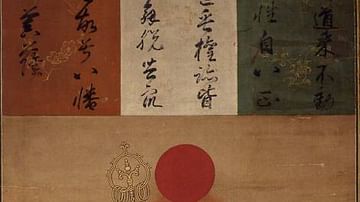
Definition
Hachiman
Hachiman is the ancient Shinto god or kami of war, divination, and culture. He is famously credited with sending the kamikaze or 'divine wind' which twice dispersed the invading fleets of Mongol ruler Kublai Khan in the 13th century CE. This...

Image
Kukai Silk Portrait
A painted silk portrait of Kukai or Kobo Daishi (774-835 CE) who was a scholar, poet, and monk who founded Shingon Buddhism in Japan. 14th century CE. (Tokyo National Museum)
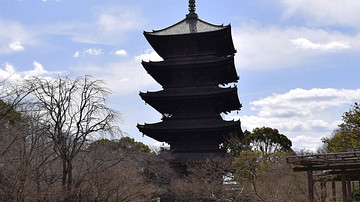
Image
Toji Temple and Gardens in Kyoto
The Toji Temple Complex is a World Heritage Site located in Kyoto, Japan. With a series of structures and a fine, tall wooden pagoda, and beautiful gardens, Toji remains a popular temple to visit in Kyoto. The temple was first built between...
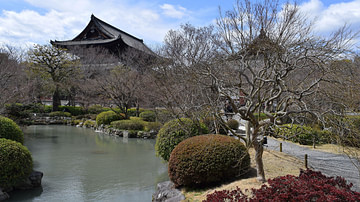
Image
Toji Temple Complex in Kyoto
The Toji Temple Complex is a World Heritage Site located in Kyoto, Japan. With a series of structures and a fine, tall wooden pagoda, Toji remains a popular temple to visit in Kyoto. The temple was first built between 794-796 CE by decree...
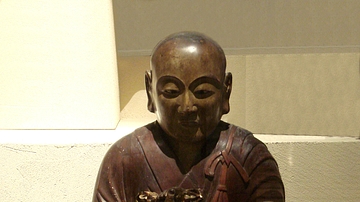
Image
Kukai Wooden Figurine
A wooden figure representing Kukai, aka Kobo Daishi (774-835 CE), a scholar, poet and monk who founded Shingon Buddhism in Japan. (Guimet Museum, Paris)
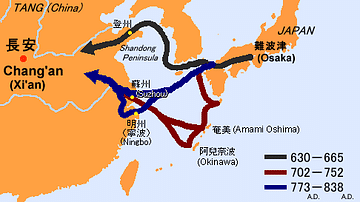
Article
Ancient Japanese & Chinese Relations
Relations between ancient Japan and China have a long history, and in certain periods the exchange of political, religious and cultural practices between the two was intense. China, the much older state and the more developed, passed on to...
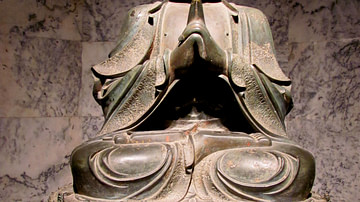
Definition
Esoteric Buddhism
Esoteric Buddhism is the mystical interpretation and practice of the belief system founded by the Buddha (known as Sakyamuni Buddha, l. c. 563 - c. 483 BCE). It is known by several names and is characterized by a personal relationship with...